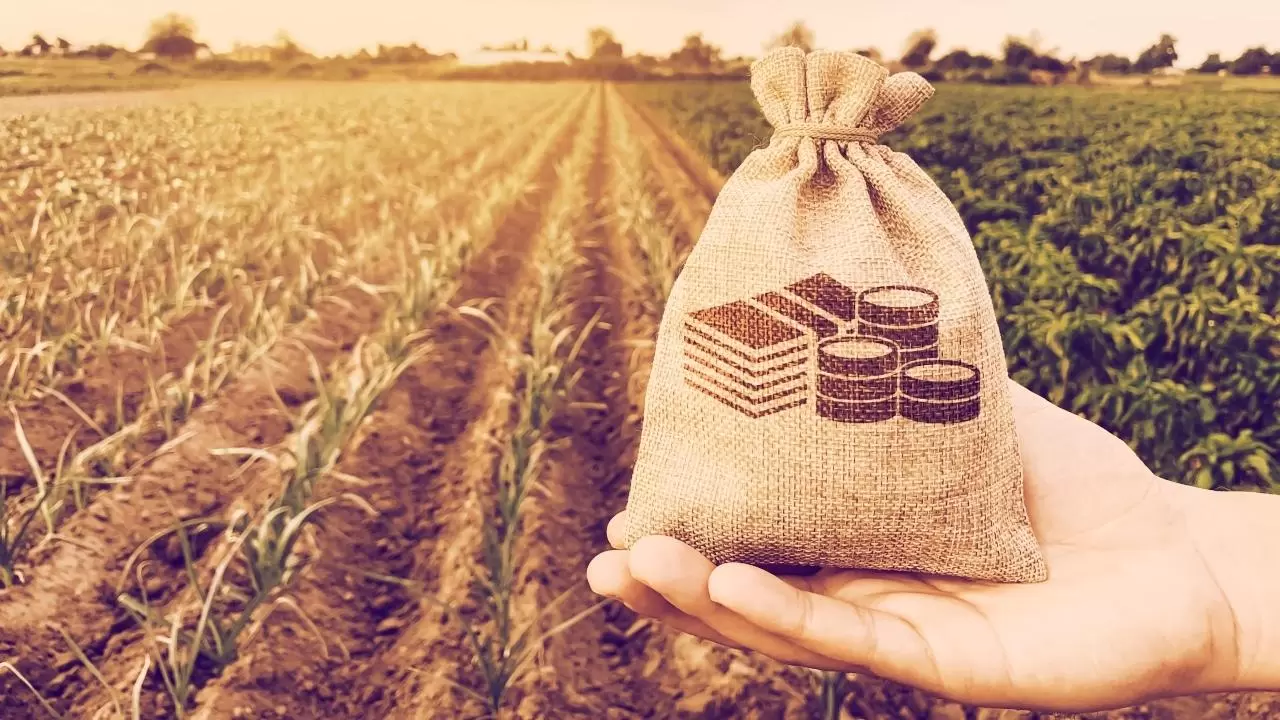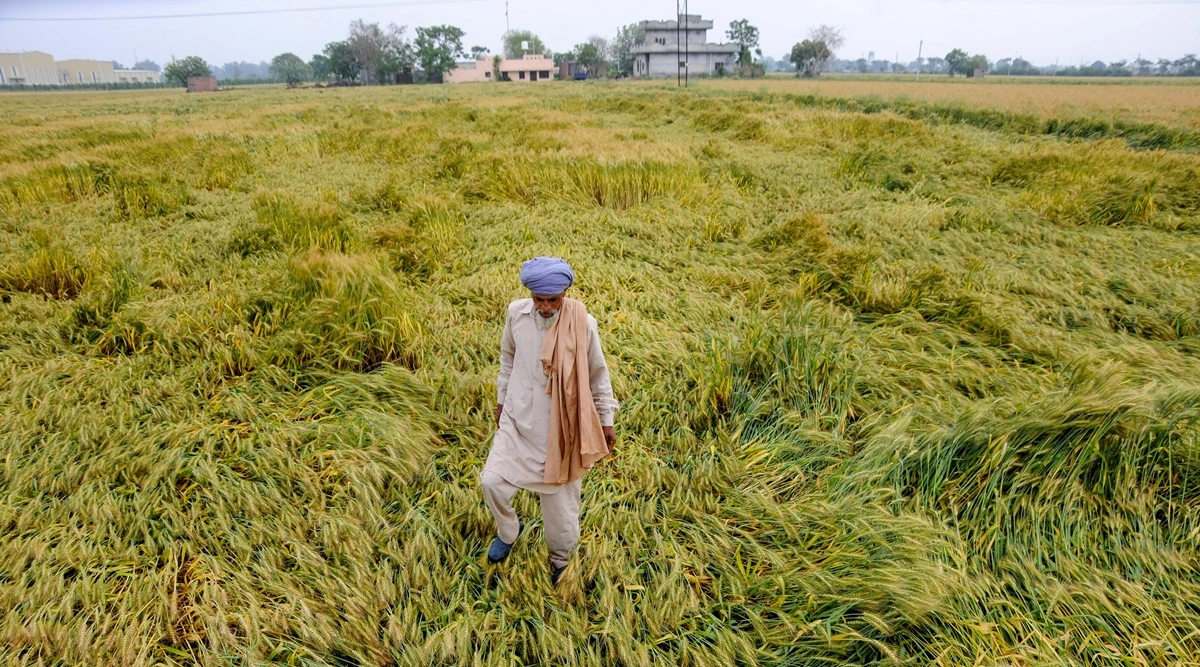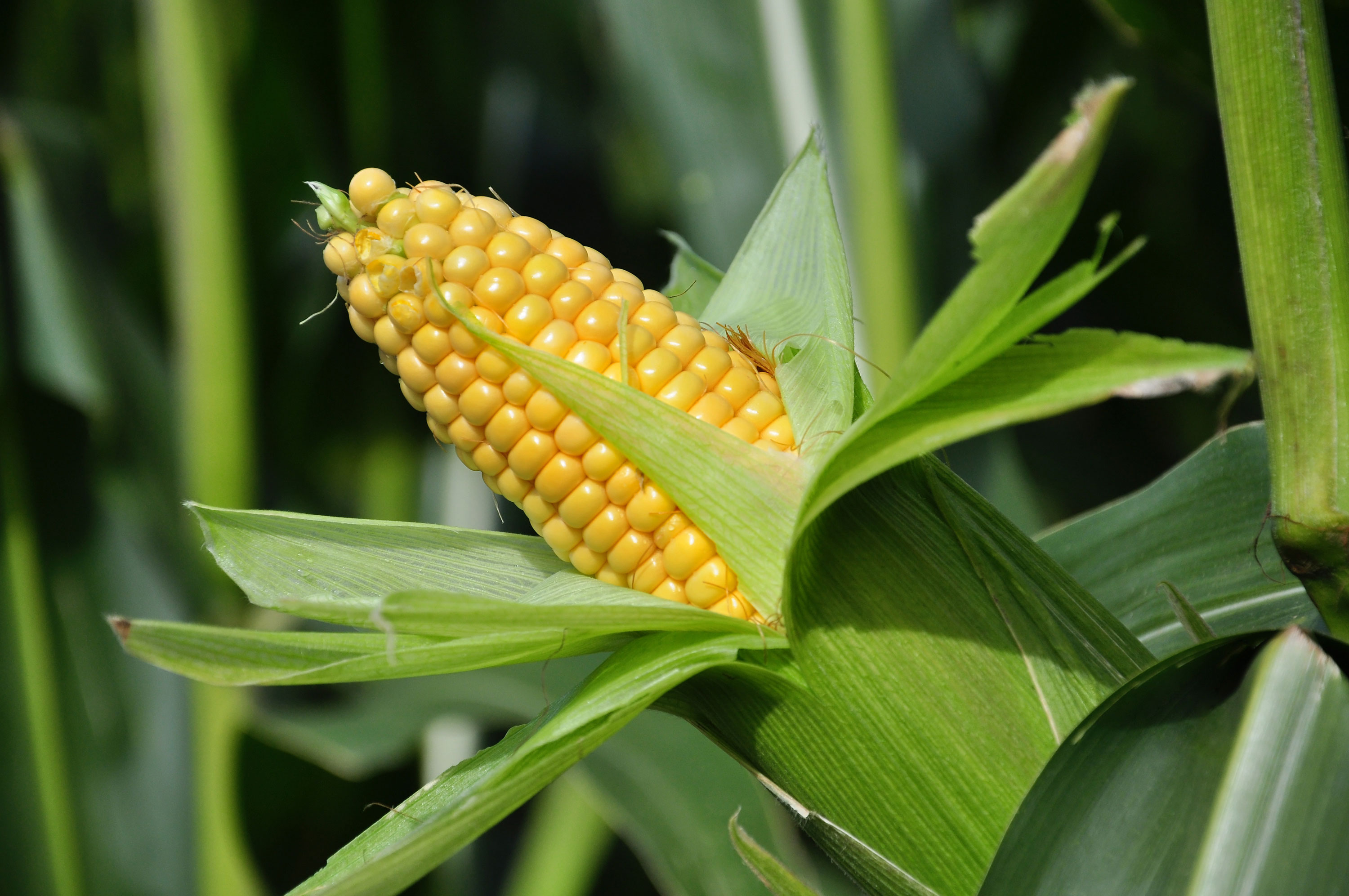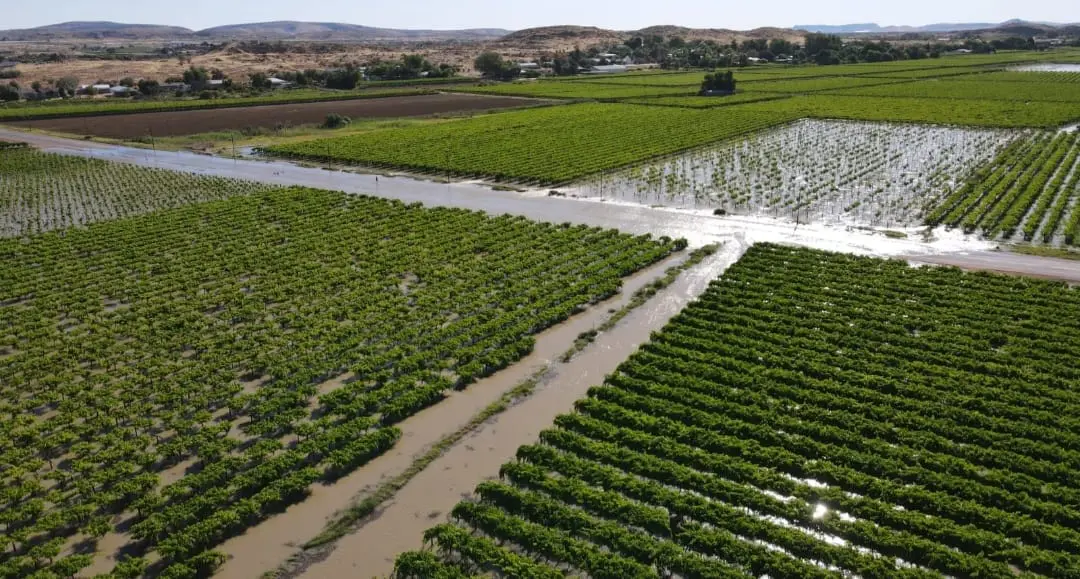USDA has processed more than 255,000 applications for the new Emergency Relief Program, providing to date more than $6.1 billion in payments to commodity and specialty crop producers to help offset eligible losses from 2020 and 2021 natural disasters. A bipartisan group of House members introduced legislation to reauthorize ERP, formerly known as WHIP+, for natural disasters that occurred in 2022.
By breaking-down agency barriers, using existing data across USDA and pre-filled applications, USDA’s Farm Service Agency in cooperation with the Risk Management Agency has been able to expediently provide economic relief and save producers and staff over a million hours of time.
“The expedient manner in which these emergency relief programs have been developed and executed ensures swift delivery of program benefits to producers, responsible use of taxpayer dollars and equates to time savings for our customers and for USDA staff,” says USDA Under Secretary for Farm Production and Conservation Robert Bonnie. “Our streamlined, successful ERP implementation is a testament to the USDA team’s creativity, dedication, and willingness to break down traditional divisions between agencies and resolve complicated information technology challenges to further the shared goal of better serving farmers and ranchers.”
The new public-facing dashboard on the ERP webpage provides information on ERP payments that can be sorted by crop type – specialty or non-specialty, specific commodities and state. Apple growers have received the highest amount of payments at $95.79 million, followed by dry peas at $82.84 million. Pasture rangeland growers received $67.31 million and forage producers received $63.5 million.
ERP provides needed payments to agricultural producers to offset losses from wildfire, drought, hurricanes, derechos, freeze, polar vortex, excessive heat and other qualifying natural disasters.
ERP extension introduced
Supporters of the 2022 extension of ERP say this relief is critical as prolonged drought, severe weather events and natural disasters continue to wreak havoc on crops and livestock.
Rep. Mike Thompson, D-Calif., says he was proud to work with the bipartisan group of nearly 20 of his colleagues to introduce the legislation to reauthorize the ERP. “This program is an essential support system for our growers to recover from wildfires, smoke damage, and other natural disasters. As we continue to deal with the impact of climate change, I am committed to ensuring that all producers and growers have the resources they need to offset their losses,” Thompson says.
“The Emergency Relief Program is a necessary resource for Central Washington farmers as they continue to recover from this year’s late spring, which significantly impacted tree fruit production,” adds Rep. Dan Newhouse, R-Wash.
“Iowa farmers know all too well how common and devastating natural disasters have been,” says Rep. Cindy Axne, D-Iowa. “The Emergency Relief Program, which I fought hard for, has provided assistance to thousands of Iowan farmers who suffered from the 2020 derecho. By reauthorizing the Emergency Relief Program for 2022, this bill provides certainty to farmers that should disaster strike, assistance will be ready.”
Saving time and money
The design of ERP Phase One allowed for an expedited process that saved time for staff and producers. FSA was able to begin disbursing payments to producers within days of rolling out the program when under the predecessor program lengthy applications and processing were required before making payments. FSA county offices can process almost nine ERP applications in the time it took to process one application for the Wildfire and Hurricane Indemnity Program — Plus (WHIP+), the predecessor program for ad hoc disaster assistance.
This equates to 88% less time to process applications and a reduction of more than one million staff hours for implementation of ERP compared with WHIP+. While not specifically tracked, USDA says it expects the savings for producers to be at least as significant as they previously would previously have had a significant burden to collect records and often sit across from the local staff as the data is entered.
These process improvements also enhanced the customer experience for farmers by reducing the number of producer trips to FSA county offices and allowing producers to spend less time completing forms so they could focus more on their agricultural operations. In addition, the ERP program design greatly diminished the risk potential for errors and leveraged the existing RMA and Federal Crop Insurance loss adjustment and verification processes.
With more applications approved, more dollars distributed, and more dollars paid per application in a shorter timeframe, the streamlined application process developed to deliver ERP has significantly outperformed the previous implementation of WHIP+. FSA also has paid more than $1 billion to historically underserved producers.
Payments to date
The efforts to streamline, improve responsiveness and work across traditional agency borders goes beyond just the recent ERP process. FSA mailed pre-filled ERP applications to producers of commodities covered by federal crop insurance in late May and has since paid producers with eligible losses more than $6 billion. Pre-filled ERP applications were mailed to producers with Noninsured Crop Disaster Assistance Program coverage at the start of August, and so far, FSA has already issued $35.9 million in payments to producers with eligible losses.
NAP-related ERP payments also were not factored in and are being made in full from the start to speed and target assistance to the small and underserved producers that commonly rely on NAP coverage. Also, earlier this year, staff processed more than 100,000 payments through the Emergency Livestock Relief Program and paid eligible producers more than $601.3 million for 2021 grazing losses within days of the program announcement.
ERP and the previously announced ELRP are funded by the Extending Government Funding and Delivering Emergency Assistance Act, which President Biden signed into law in 2021. The law provided $10 billion to help agricultural producers impacted by wildfires, droughts, hurricanes, winter storms and other eligible disaster events experienced during calendar years 2020 and 2021.
Source - https://www.farmprogress.com













